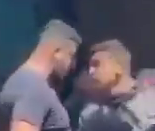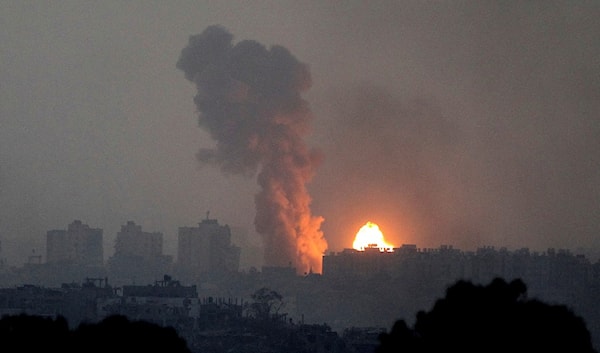Al Mayadeen’s sources revealed on Sunday that the Israeli Occupation Forces had been deploying poison gas prior to their incursions into the Gaza Strip.
The source explained that the IOF had attempted to penetrate the Gaza Strip four hours after deploying the toxic gas, noting that this strategy was “used in the main areas of operation, specifically in Beit Lahia and Beit Hanoun [Gaza].”
This comes after Al Mayadeen’s correspondent in Gaza reported that an Israeli infantry unit fell into an ambush set up by the Resistance in Soufa.
Our correspondent confirmed that “the Israeli infantry unit withdrew from Sofa after intense clashes with the Resistance that lasted for 3 hours.”
Furthermore, the IOF’s spokesperson announced that an Israeli officer was seriously injured as a result of the detonation of an explosive device and that another soldier was injured during confrontations in the northern Gaza Strip.
The Israeli land invasion waged against Gaza along three axes was driven back by the Resistance, which confirmed that the occupation’s soldiers suffered casualties in the process.
The Resistance said that the enemy fell into “ambushes prepared by the Palestinian Resistance” and also noted that it expected the occupation to “attempt to invade Gaza again.”


(Source.)